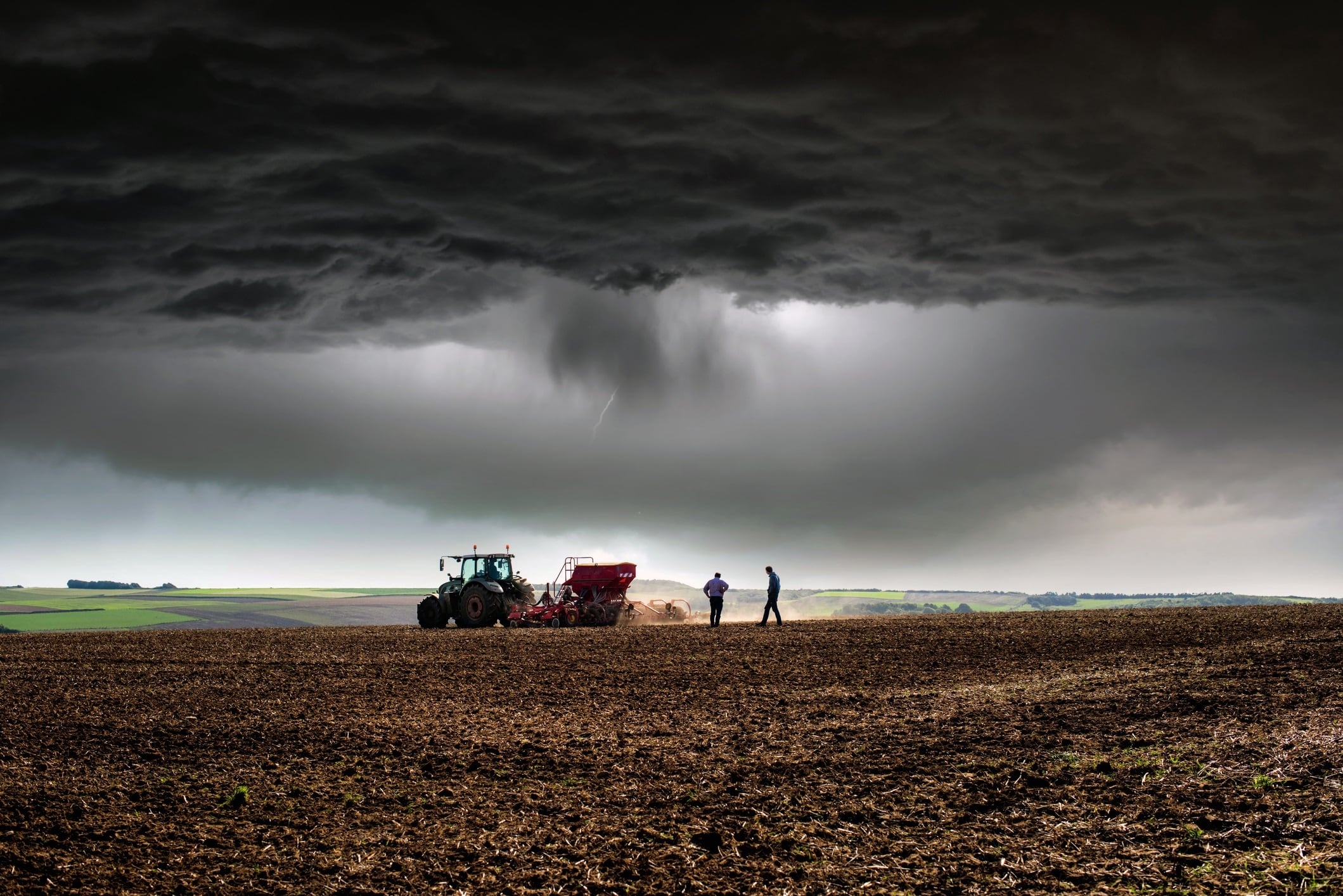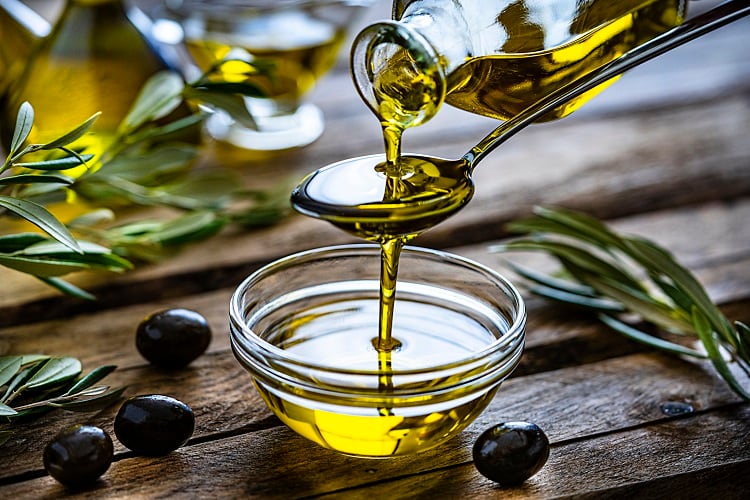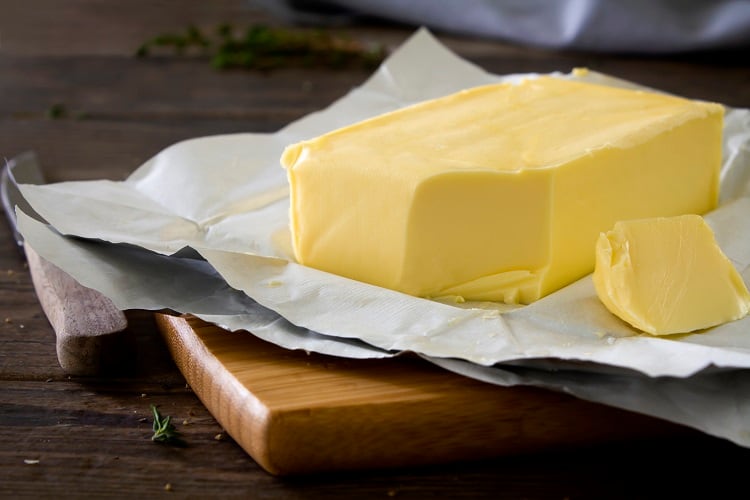French Champagne, Italian Parmigiano Reggiano, and Spanish Manchego. Just a few of the 3,500 geographically protected food and beverage products in the European Union alone. On top of that, the UK has 94 products, with protected status, including Jersey Royal potatoes and Traditionally farmed Gloucestershire Old Spots pork.
But, while these protections are highly respected inside Europe, some countries have begun to disregard them. Most notably the United States, which produces its own ‘Champagne’. The name ‘Champagne’ is protected by the 1891 Treaty of Madrid, dictating that it be produced in the Champagne region of France and made from Pinot Meunier, Pinot Noir, or Chardonnay grapes, also grown in the region.
Now, with President Trump, ripping up the rule book on international protocols, there are fears he could also encourage US producers to create their own versions of geographically protected foods, as a way of bypassing international tariffs on the originals. Furthermore, there are concerns that once a precedent has been set, other nations will follow suit.
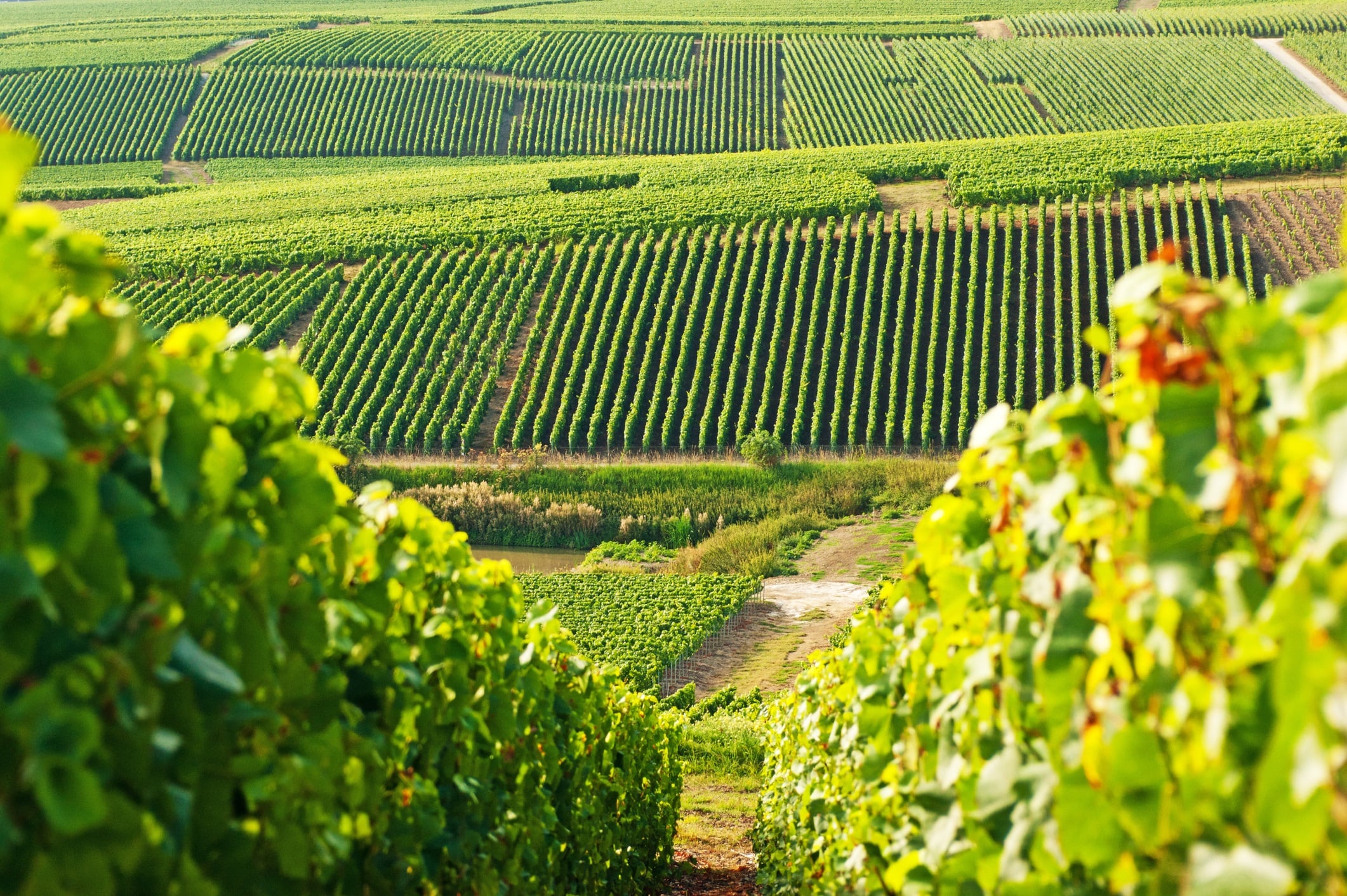
Geographical protections are at risk
Industry experts are confident that current enforcement remains tight, though protections are threatened.
“They’re managed by the distributor who are liable to manufacturers or the regional associations, in cases of non-compliance,” says Ananda Roy, consumer goods industry advisor at Circana. “This is also monitored by retailers before listings for shelf space are made.”
What’s more, it’s believed the number of products granted protected status will actually increase in the coming years, as countries move to safeguard their producers and cultural heritage.
Although there are also producers, which are deliberately avoiding geographical certifications to make production easier and cheaper. Germany’s Black Tower is one such producer, sourcing grapes from various EU countries, often without ever specifying a country of origin to the customer. The approach has proved popular.
“Some consumers prefer wines that challenge traditional classification rules,” says Desislava Lyapova of WineCap.
Arguably, the greater challenge confronting the industry is the ongoing issue of food fraud, with a 1,041% increase in incidents between 2020 and 2023 (Digicomply Insights). And the problem is getting worse.
“The rise in prices is increasing the incentive for fraud,” says WineCap’s Lyapova.
But industry is fighting back, with Lyapova noting that the surge in prosecutions over the last few years shows enforcement efforts have become more aggressive.
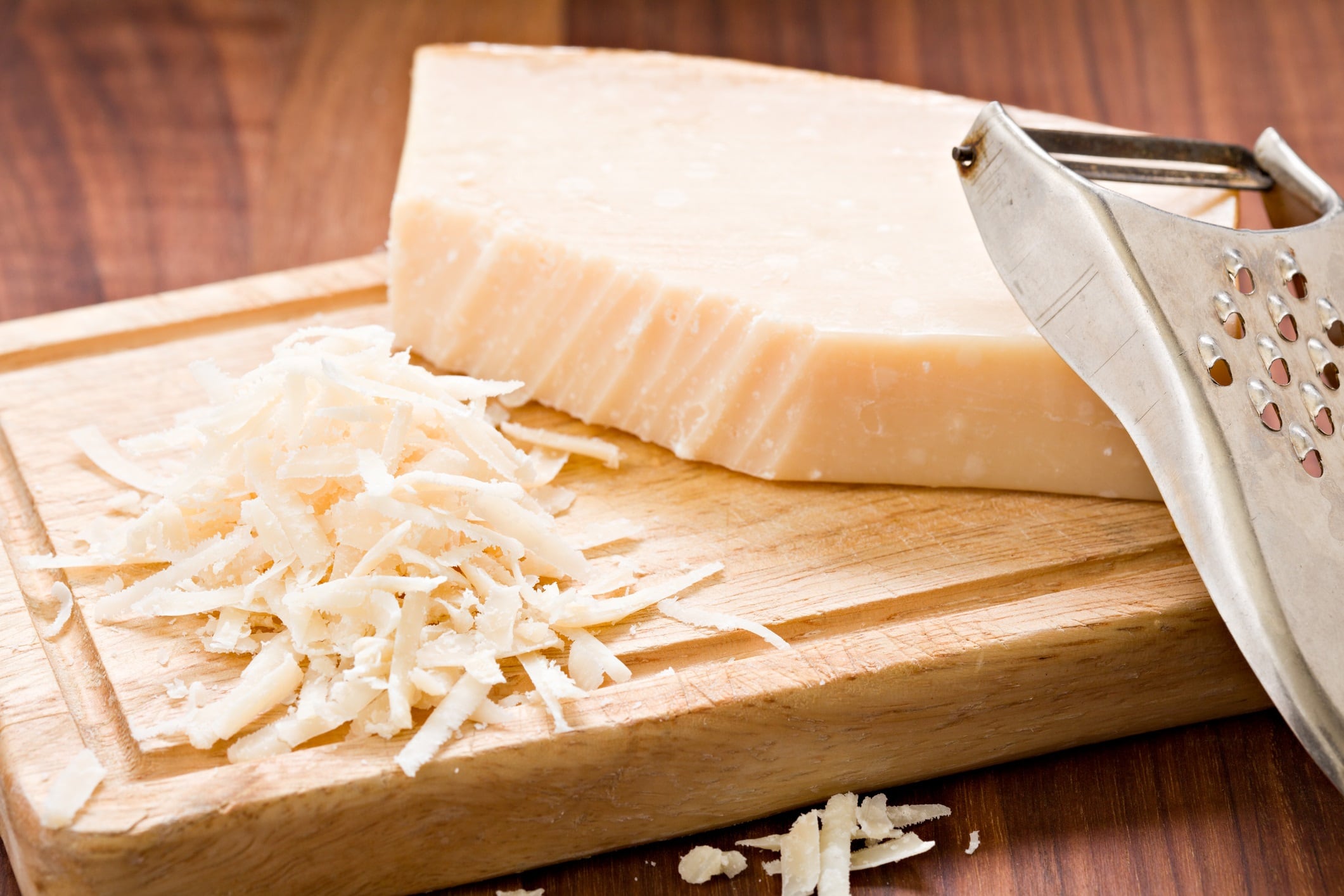
Do consumers care about geographical protections?
Many consumers don’t realise there’s a difference between Parmigiano Reggiano and Parmesan, Brie de Meaux and Brie, or Camembert de Normandie and Camembert – the former being protected. So, there’s less demand for the geographically protected option, particularly if the unprotected variant is cheaper.
Though WineCap’s Lyapova notes demand does vary between the different global markets and from product to product. Wines from Bordeaux, Burgundy, Champagne and Rioja, for example, continue to take priority.
“Regional certification acts as a branding tool,” she explains. “Consumers generally rely on brand – including geographic designations – as a heuristic when making purchasing decisions.”
Furthermore, growing consumer concern over food fraud, something that significantly increased in the wake of incidents like the 2013 horsemeat scandal and the 2017 egg scandal, has drawn more attention to the importance of provenance.
“At a time when ingredient sourcing and food traceability is a growing trend, regional certifications may have a role to play as evidence of quality, trust or justification of price,” says Circana’s Roy.
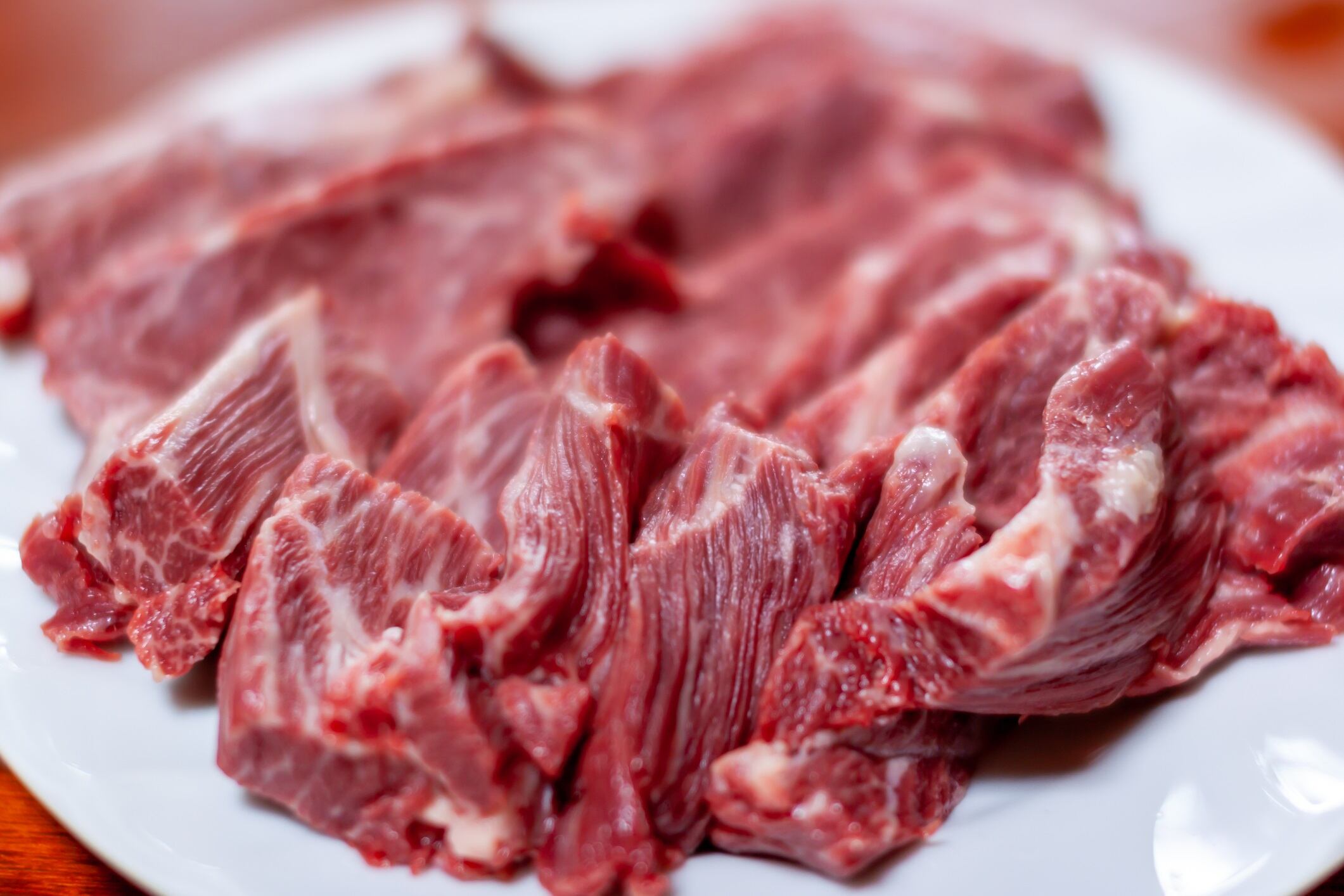
What if geographical protections were removed?
The global move on products currently geographically protected would be fast, were those protections to be removed.
It could lead to a flooding of the market, with lower-quality products being produced and sold, particularly on luxury items like Champagne.
“More wines would be labelled as ‘Champagne’ but not necessarily made from grapes grown in Champagne,” says WineCap’s Lyapova. “This could lead to a decrease in the overall price of wines carrying the Champagne label.”
However, Lyapova explains that Champagne produced exclusively from Champagne-grown grapes would maintain their exclusivity. Furthermore, she believes their prices could in fact rise, as lower-end Champagne producers, which currently carry the protected status would be pushed out, leaving only high-quality or prestige producers.



